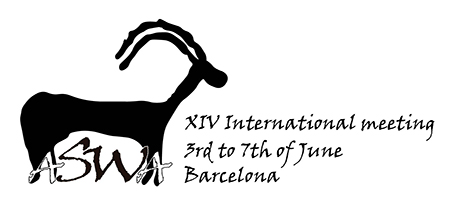Two species from different domestication centers – the Bactrian camel from central Asia and the Dromedary from Arabia – are bred to create a new, more powerful, more resilient animal. Now called tülüs in most cultures, first generation hybrid camels are perfect embodiment of inter-species hybridization and displays of the hybrid rigor. More than a decade ago, researchers (Potts, Uerpmann) have hypothesized that hybrid camels existed already in the Iron Age. Indeed, linguistics and pictorial representations of both camels in Assyria and adjacent regions suggest that it is quite plausible. The Hidden Hybrids project tests this hypothesis using palaeogenetics and developing osteomorphological criteria for hybrid camels. In addition, it approaches to camels (hybrid and other) as more than 'ships of the desert', postulating that creating hybrid camels may have required ceremonial transfers of technological knowhow involving diverse audiences. In effect, the hybridization of camels led to accelerated cultural hybridization. As such, hybrid camels are phenomenal embodiments of biocultural evolution.
The Hidden Hybrids project (funded by the Wenner Gren Foundation) investigates archaeological bone and tooth remains of potential hybrid camels primarily from 1st millennium BC contexts in Southwest Asia. More than 12 key sites (e.g., the Neo-Assyrian capital of Dur-Katlimmu in the Khabur Valley of Syria, the harbor site of Kinet Höyük on the Turkish Mediterranean, Tell Jemmeh in the southern Levant) were probed for more than 200 camel specimens. Palaeogenetic analyses sheds light on the ancestry of the specimens, while work on modern hybrid skeletons from Turkey and Iran help us understand the hybrid osteomorphology.
In this paper, we report the current results of this on-going study.

 PDF version
PDF version
